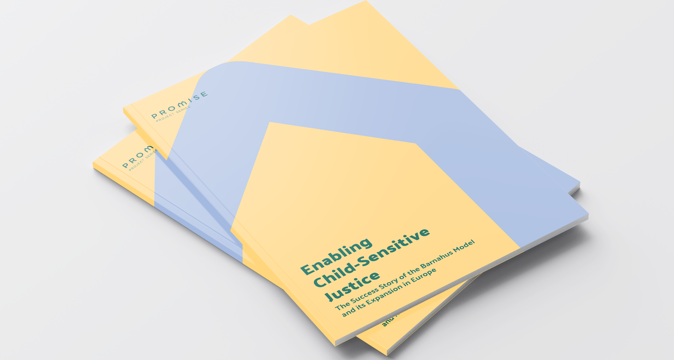
Enabling Child-Sensitive Justice (2017) is an overview of how Barnahus has emerged and gradually expanded in Europe. It documents how government officials, practitioners, advocates and entrepreneurs have promoted the model, unyielding even when confronted with doubts, obstacles and adversities. It analyses how they succeeded in this process and identifies the principle factors and dynamics that enabled them to innovate practice.
The analysis looks at structural factors such as law and policy reform, power dynamics between different sectors and disciplines, and considers the influence of the public and political debate, especially the media. In addition, financial aspects emerged related to cost-effectiveness and budget allocation, as well as socio-political and cultural factors such as the evolving understanding of childhood and the general predisposition to change within public administration. Finally, personal commitment factors proved to be important with regard to attitudes and mindsets in policymaking and implementation.
In particular, the study explores the vital role of entrepreneurs and change-makers who pioneered the Barnahus and comparable models in their countries or internationally.







